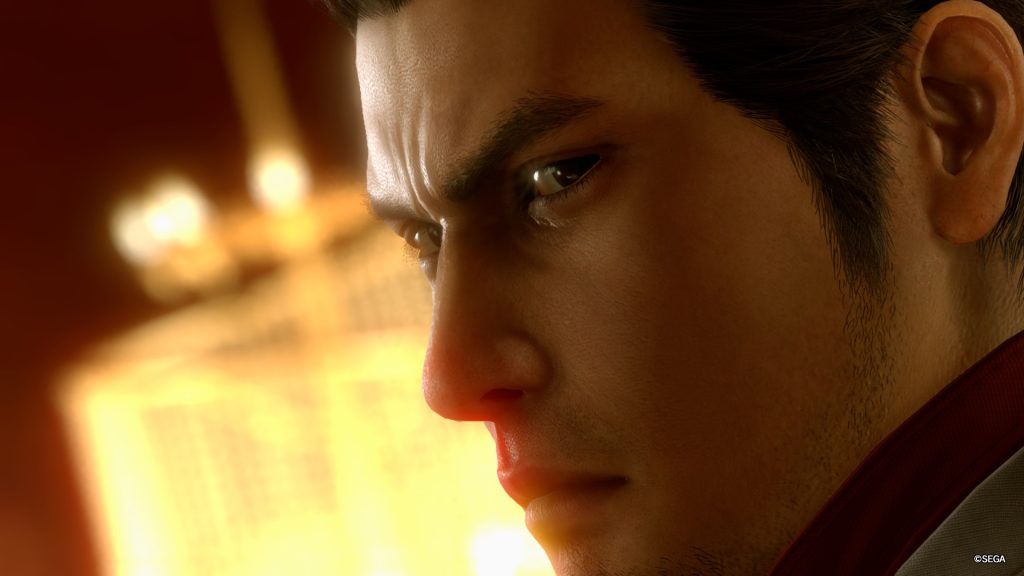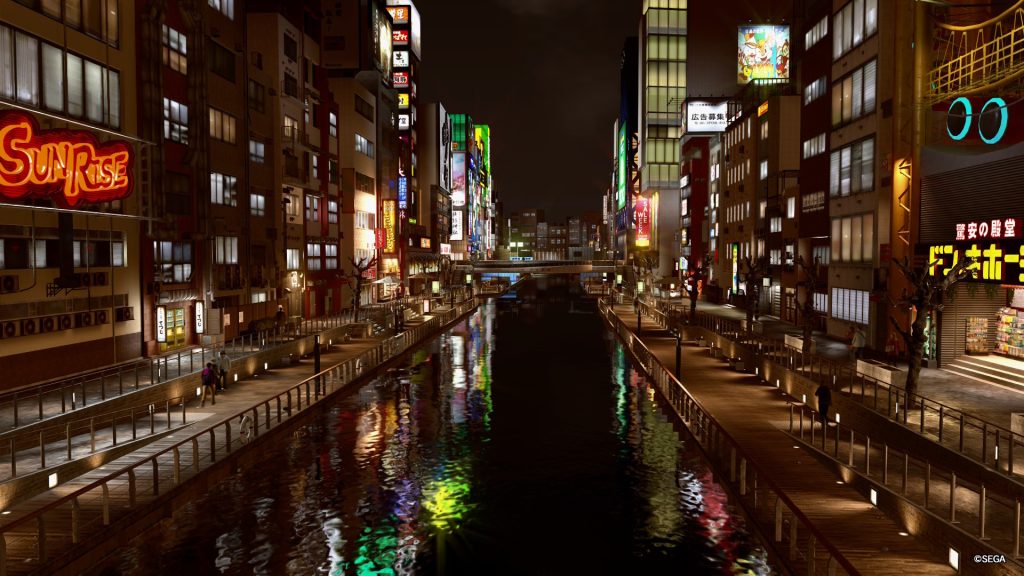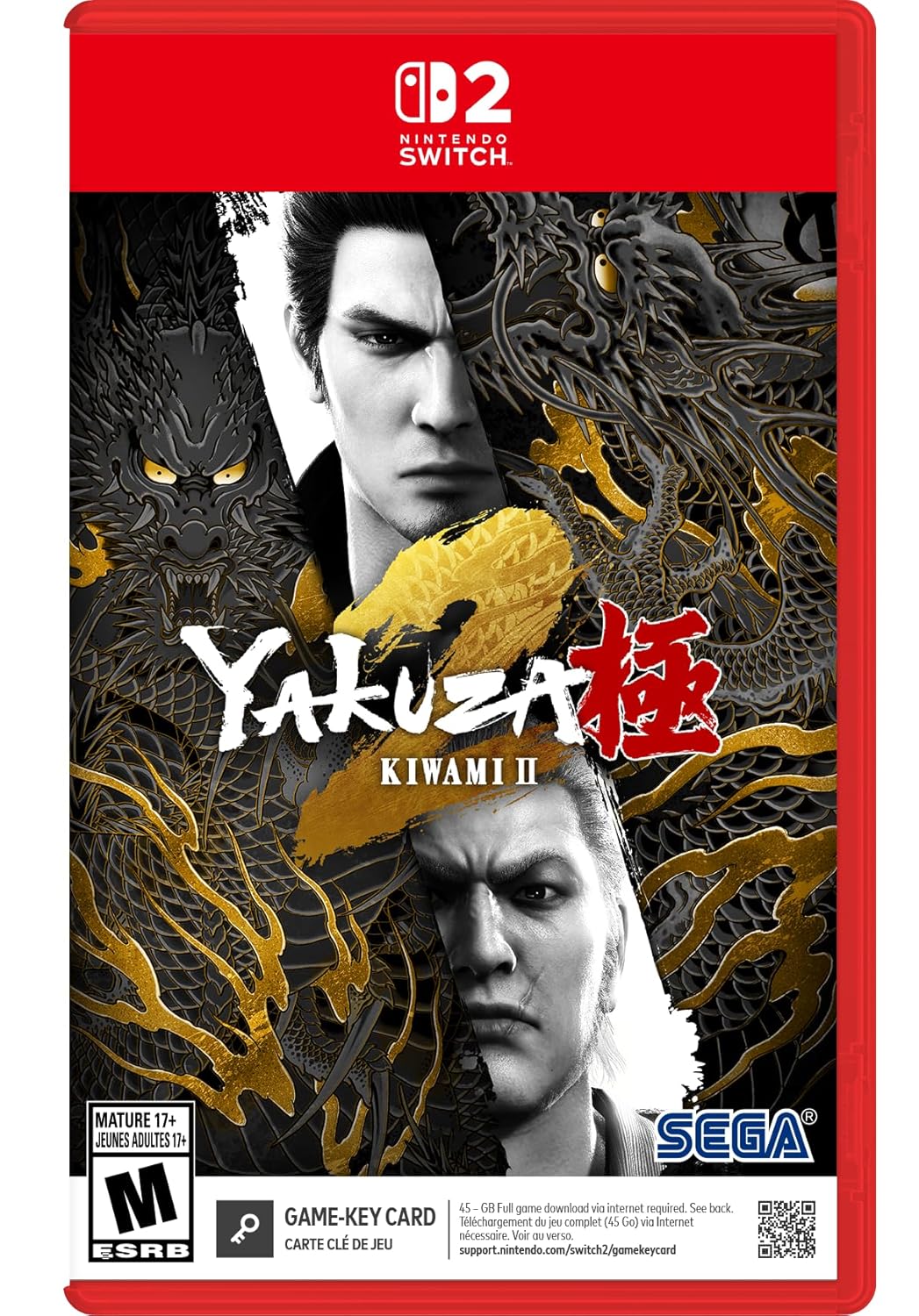I’ve been a fan of the Like a Dragon/Yakuza series for longer than I’ve been a “professional” writer now. Having gotten into the series around 2010 when the original Yakuza 3 was released, I was always stunned by how nobody spoke about the general quality of these games. Sega and developer RGG Studios were pumping out classic after classic and, for a short time, it seemed as if the series would become a Japanese exclusive. Thankfully, the tides changed, and Like a Dragon/Yakuza has become something of a phenomenon in the West.
When I did eventually get into writing, I had the chance to review a number of Yakuza releases including the subject of today’s review: Yakuza Kiwami 2. Originally released in Japan in 2017, Kiwami 2 was a ground-up remake of the second installment in the series on RGG Studios’ then new “Dragon Engine.” Boasting ultra-high fidelity, new physics, new music, and expanded gameplay, it was marketed as the definitive version of protagonist Kiryu Kazuma’s struggle against Goda Ryuji in the riverside city of Sotenbori. At the time seven years ago, I thought it was a solid enough enhancement of the PlayStation 2 classic. As the years went on, though, my stance changed quite dramatically.
Upfront for the purposes of this review, if you’re solely interested in the story these games have and how they connect together, Yakuza Kiwami 2 on Nintendo Switch 2 is perfectly fine as a belated port. While the original Kiwami came to Switch 1 a few years back and ran fine, Kiwami 2 would have been a major struggle for Nintendo’s previous console. With the added horsepower that the Switch 2 brings, you’re basically getting the PlayStation 4 Pro version of the game on the go. In docked mode, it even seems to sport better antialiasing quality, making me believe it’s probably using DLSS (the Dragon Engine has historically had some awful antialiasing). It looks pretty decent in docked mode, too, though the game is locked to 30 fps much like Sony’s older platform.

I can’t knock RGG Studios or Sega for that as there was likely only so much they could accomplish with Nintendo’s hybrid device. As time has gone on, I’ve been able to experience these games at 60 fps or higher on PC, so going back to this feels like trekking through sludge. That lower frame rate is part of the reason I wasn’t elated with the original release and it still stings almost a decade later. At least in terms of motion fluidity and even controls, there’s nothing worse about the Switch 2 port. It plays exactly like that PS4 version and contains all of the same content. You can rebind controls, which is nice, and there are additional text languages on offer. Cutscenes, strangely, are compressed FMVs, though, which don’t always look nice.
Where my issues with Yakuza Kiwami 2, and by extension all of RGG Studios’ remakes, stem from is a general cultural thing with regards to games. Video games are an art form and while remakes can certainly offer different takes on classic material, think Final Fantasy VII Remake, they are typically marketed as replacements that “fix” what was held back by limited technology in the past. RGG Studios falls into the latter category, pushing its Kiwami remakes as the definitive versions that “improve” those outdated PS2 classics.

It’s a sad situation because, frankly, the PS2 versions of Yakuza and Yakuza 2 offer some moody, atmospheric lighting and environments that are completely sanitized by their Kiwami iterations. When I first reviewed those games years ago, I wasn’t as deep into Japanese cinema as I am now, and I’ve come to learn about the inspirations RGG Studios pulled from to create this series. Those PS2 games have a look reminiscent to directors such as Takashi Ishii, Takeshi Kitano, and Kinji Fukasaku. In the Kiwami versions, they have muted colors, neutral lighting, and cleaner appearances. Even the music is totally changed, with Kiwami 2 suffering more as it loses the legendary tracks from the Crazy Ken Band that set the mood in specific cutscenes — although one song remains in a remixed fashion.
That’s not to say these remakes are worthless or a stain on RGG’s legacy. I can understand, to an extent, the argument that gaming is an interactive medium and that some people can’t handle older titles. Even so, I’m not fond of how combat flows in Kiwami 2 as it utilizes the same engine from Yakuza 6 (which will likely wind up on Switch 2 sometime next year). Everything has a weightiness to it that feels less arcadey and more like a Rockstar Games production. It makes battles a chore to get through initially because you have no skills unlocked and will likely fumble around with the physics when trying to line up attacks. It does improve a little as you go on, but having experienced the newer Dragon Engine titles that have refined the combat so well, Kiwami 2 feels seriously inept in this department. It will especially be shocking for anyone jumping from Yakuza 0 Director’s Cut or even the first Kiwami straight into this as those games are very tight, if a bit shallow.

On the other hand, the aspects that have made the Yakuza series so memorable to western audiences are on full display here. In a point I still feel rather strongly about, I do think the extra substories are stronger in Kiwami 2 than the crop that appeared alongside the original Yakuza 2. You still have most of those original side quests, but they are very brief, lacking in pacing or story, and often feel like time wasters. The newer substories are more in line with what the series started to evolve into with Yakuza 5, featuring multi-part quests that have a narrative of their own. I’m particularly fond of the story where Kiryu winds up posing for photos and the silly interactions he can get into.
There’s also a significant expansion of minigames in Kiwami 2 that the original game couldn’t facilitate. People know the Yakuza games for having classic arcade titles and all manner of activities to screw around with on your down time, but that didn’t start until Yakuza 3 in 2009. It didn’t even feature Sega arcade classics until Yakuza 5, so that comes into full force in Kiwami 2 where you can partake of things like Virtua Fighter 2.1, a driving range for golf, and some rather tawdry photo shoots with sex workers. It’s not all must-see stuff, but there is more to experience in Kiwami 2 versus the original, which might sway people’s favors towards the remake. I was such a person once, but I’m not anymore.
To me, the addition of those minigames is appreciable, but also works to dilute the identity that Yakuza 2 had. With this Kiwami version, it feels almost as if RGG Studios wanted to homogenize its own franchise so that no one had any friction getting into each entry. I can’t speak as a creator of a beloved series, but I liked the individuality that each game had beforehand. Apart from story, each game had something unique that beckoned you back for a replay or to just explore. The Kiwami remakes feel like expansion packs to their respective original games, with Kiwami 2 being like a “finished” version of Yakuza 6. It’s less the definitive take on Kiryu’s second chapter and more a stapling of the past onto the present that reveals faults with both. You also have the incongruent element of posters around Sotenbori featuring advertisements for Virtua Fighter 5 Final Showdown despite that not being in the game or being released for another six years past the game’s 2006 setting.

As far as narrative design goes, though, there is an entire segment of the original Yakuza 2 that was axed for this remake. Likely due to having to rebuild Sotenbori from scratch for the new engine, the side area of Shinseicho is absent. The extended investigation sequence that took place there is, instead, littered around Sotenbori and while it doesn’t change the plot, it removes the unique charm that area had. It was special getting to travel with Kiryu’s detective love interest Kaoru Sayama up the Tsutenkaku Tower to overlook Osaka while learning more about her life. In its place is just random running back and forth that feels aimless.
A lot of that won’t make a difference to people new to the series. There are even some people which love the heavier feel Kiryu has in the Dragon Engine versus the more video gamey feel he had beforehand. For me, though, Yakuza Kiwami 2 marked the end of an era that should have truly been an end rather than a new start. In the years since, we saw RGG Studios make true to its promise of turn-based RPG combat with a new protagonist, but then it started to go backward by plopping Kiryu in even more things despite his story being finished. In the coming months, we’ll see Yakuza Kiwami 3 come out and likely repeat the same spiel of being the “definitive” version of that particular story even though it already features some contentious changes.
Maybe I’m just burned out at this point, but Yakuza Kiwami 2 is a mostly okay installment overall. It takes the story and setting from its much better original incarnation and garnishes it with some worthwhile extras while diluting the cinematic look and feel that PS2 version had. It gets the job done, in a pinch, but I really wish Sega would port that HD collection of 1 and 2 in the future. These remakes are fine and all, but nothing compares to those classics.
Leave a Comment

System: Nintendo Switch 2
Release Date: November 13, 2025
Categories: Action, Adventure
Publisher: SEGA
Developer: SEGA


